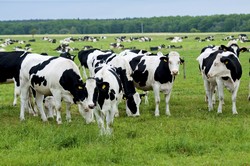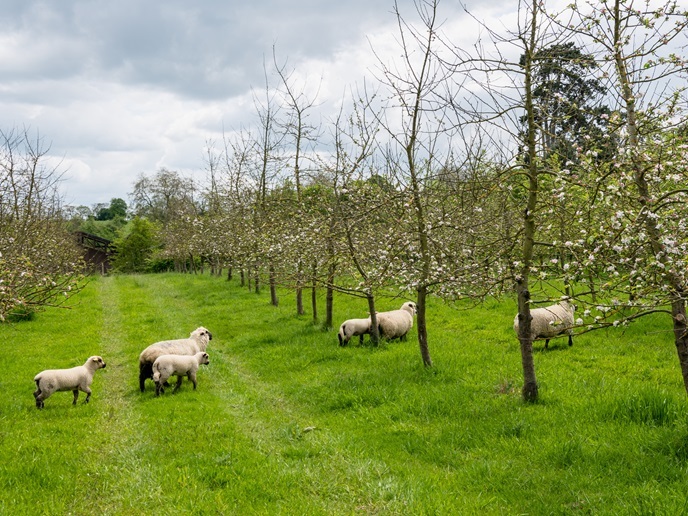Greenhouse gas emissions in dairy cows
Cows are the world's foremost anthropological source of methane, a gas that is a large contributor to global warming. Technologies are now available that allow us to study the microbiological and genetic causes and drivers of high methane production in cows. The EU-funded RUMINOMICS(opens in new window) (Connecting the animal genome, gastrointestinal microbiomes and nutrition to improve digestion efficiency and the environmental impacts of ruminant livestock production) initiative used these new technologies to explore the efficiency and to identify ways to decrease the environmental impact of farming ruminant animals – cows in particular. To achieve this, the researchers collected and scrutinised data from 1 000 cows on farms across Europe. RUMINOMICS used the data to identify the genetic basis of high methane production, both in cows and in the microorganisms living in their gut. The study also looked at variations in gut microorganisms, desirable traits for breeders and the effects of feed on methane production. A surprising finding was that genetically selecting dairy cows that emit less methane also selects for animals that are less efficient at producing milk. Thus, these lower emitters produce more methane per unit of milk. Higher-efficiency cows may produce more methane, but because they produce more milk the amount of methane per unit of milk is less. Therefore breeders should select high-efficiency ruminants, rather than low-methane ruminants. Nutrition, rather than microorganisms, is the main driver of emissions. Regardless, the scientists found certain gut microorganisms were associated with low methane emissions. The results yielded by RUMINOMICS provide a wealth of data on the genetics underlying greenhouse gas emissions in the dairy industry. These findings have the potential to improve the efficiency of dairy farming, while decreasing emissions.







